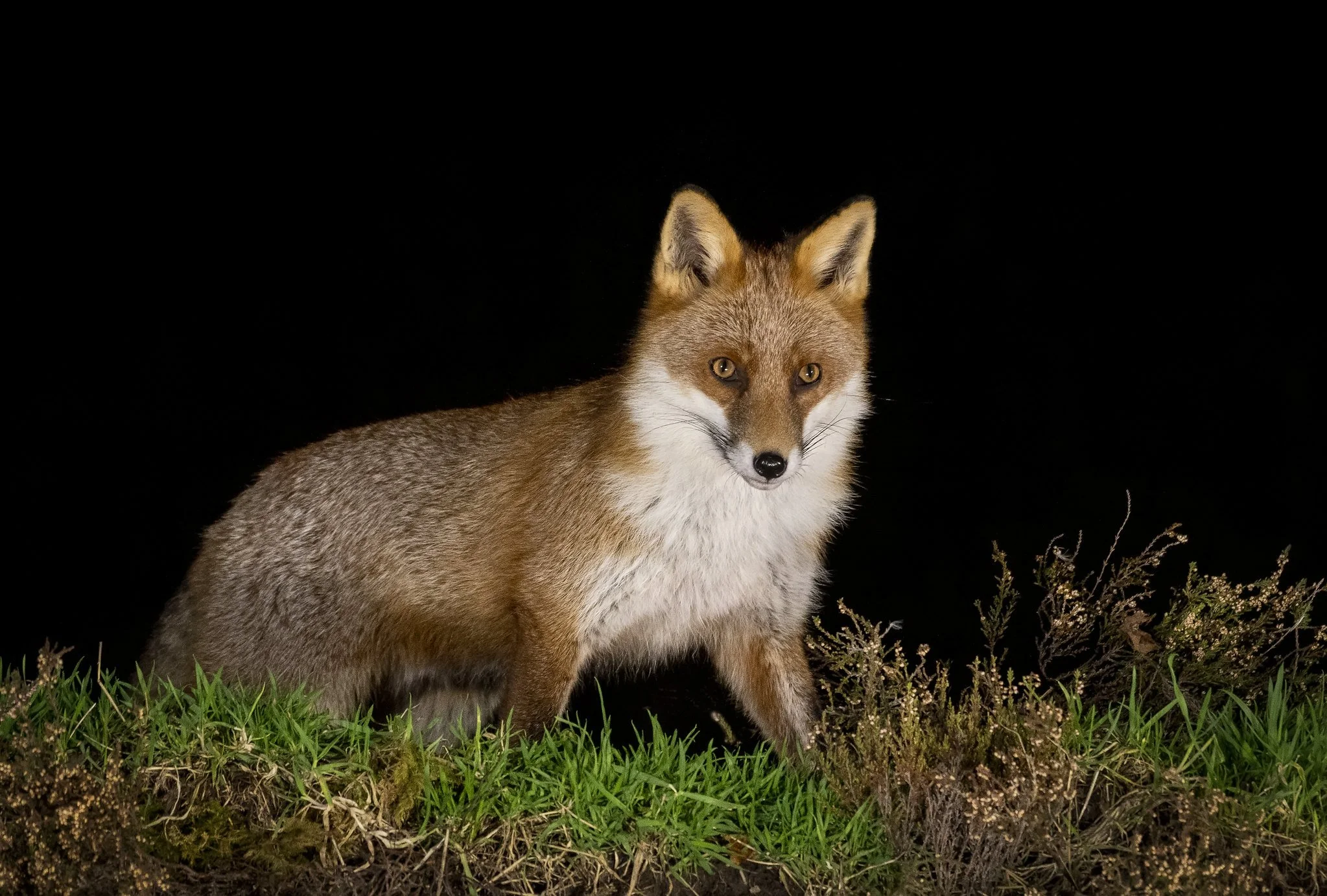
Protecting the magic and importance of night in Wisconsin
Photo by Gary Shackelford
Light pollution is more than just a nuisance. It causes harm to wildlife and even affects human health. But we can reverse that!
Together, we work to reduce light pollution and promote healthy nights throughout Wisconsin. We are made up of bird, insect, astronomy, and human health enthusiasts.
Most birds migrate at night. Photo by Diana Robinson CC BY-NC-ND 2.0
Dark nights make spring and fall migration safer for birds.
Over a billion birds die every year in the United States after colliding with windows. During spring and fall migration when birds travel at night, light pollution draws them down toward cities and close to buildings.
Fireflies in the prairie by Gary Shackelford
Dark nights support fireflies and other nocturnal wildlife
Many species of nocturnal wildlife, from fireflies to glow worms, foxes to bats, salamanders to owls, rely on the dark of night to carry out their natural activities of movement, hunting, and reproducing. We can support biodiversity by eliminating unnecessary lighting.
The incredible Milky Way Galaxy. Photo by Jeff Sullivan CC BY-NC-ND 2.0
Dark nights allow us to enjoy Northern Lights & stargazing
The Northern Lights are an incredible phenomenon that are virtually impossible to see in the presence of light pollution. When is the last time you’ve been dazzled by waves of green or the Milky Way?
Red fox at night photo by Caroline Legg CC BY-NC-ND 2.0
Dark nights are critical for many other species!
So many of our wonderful wildlife species are nocturnal, relying on the dark of night to carry out their natural activities of movement, hunting, and reproducing. We can support biodiversity by eliminating unnecessary lighting.



